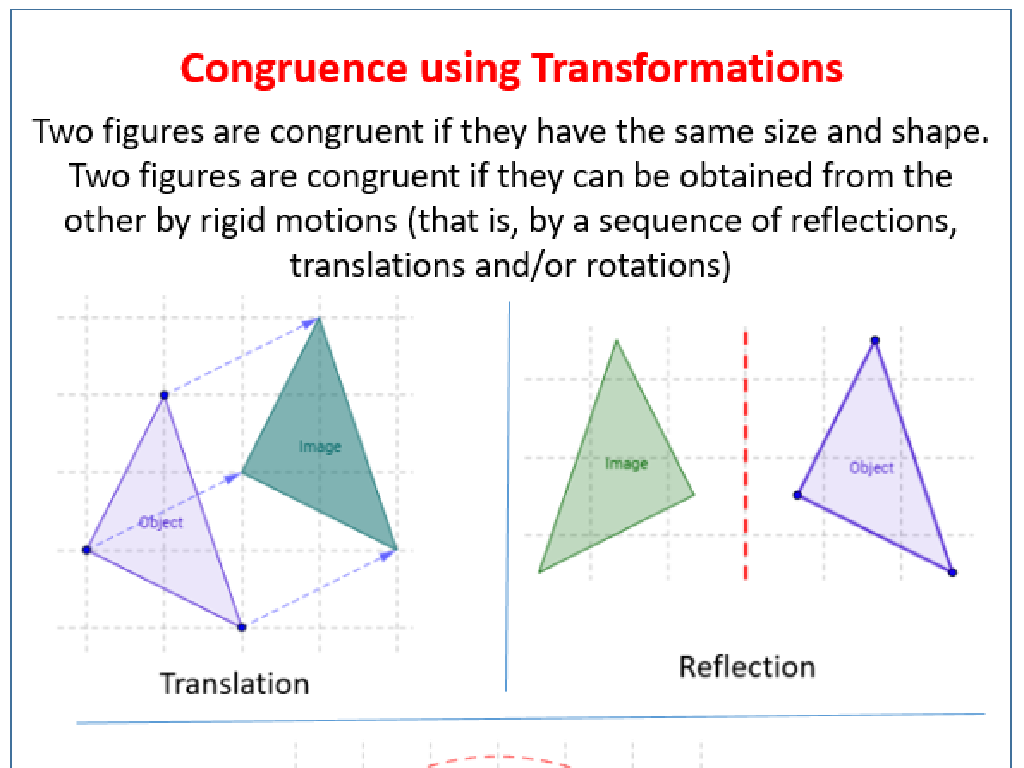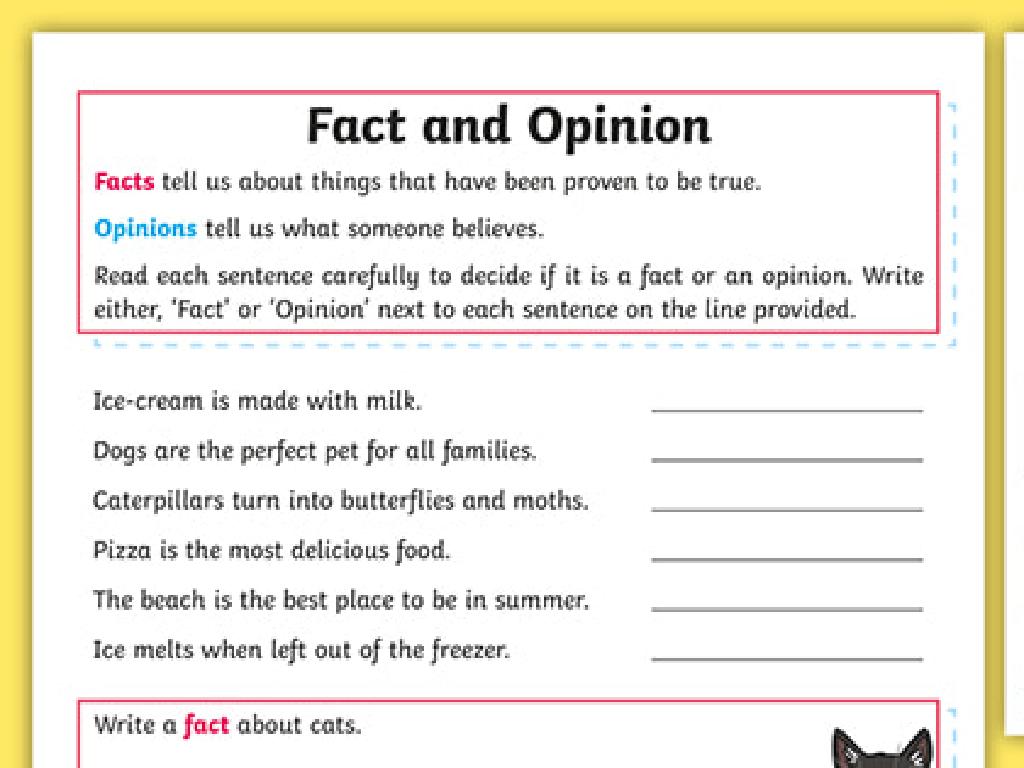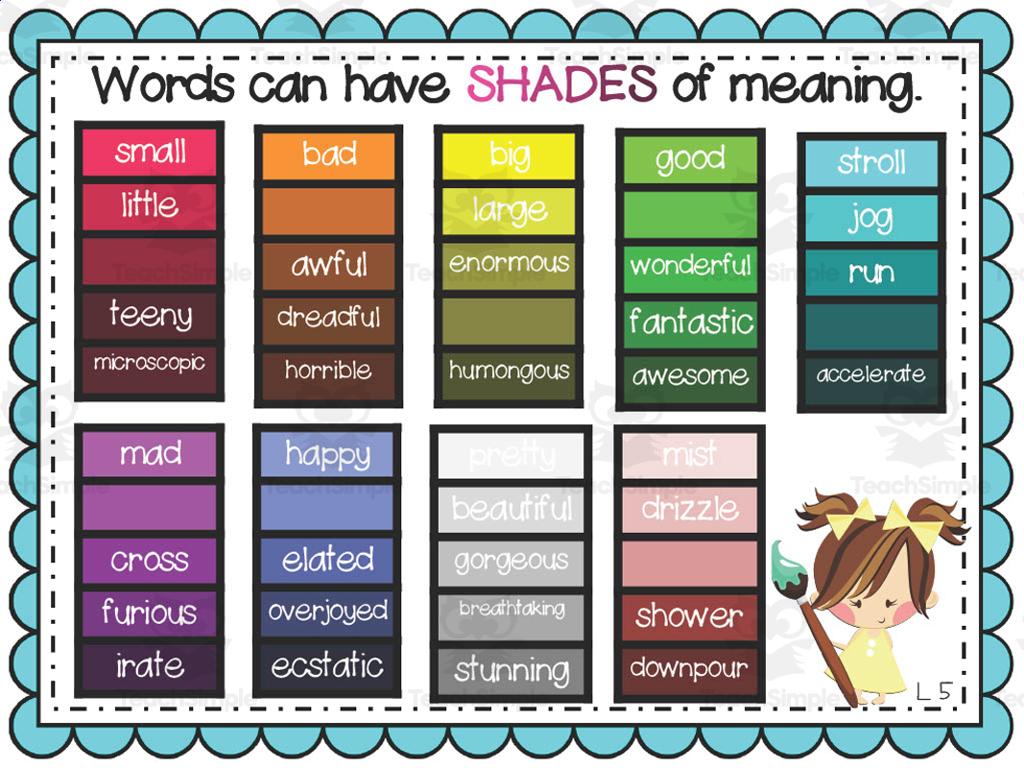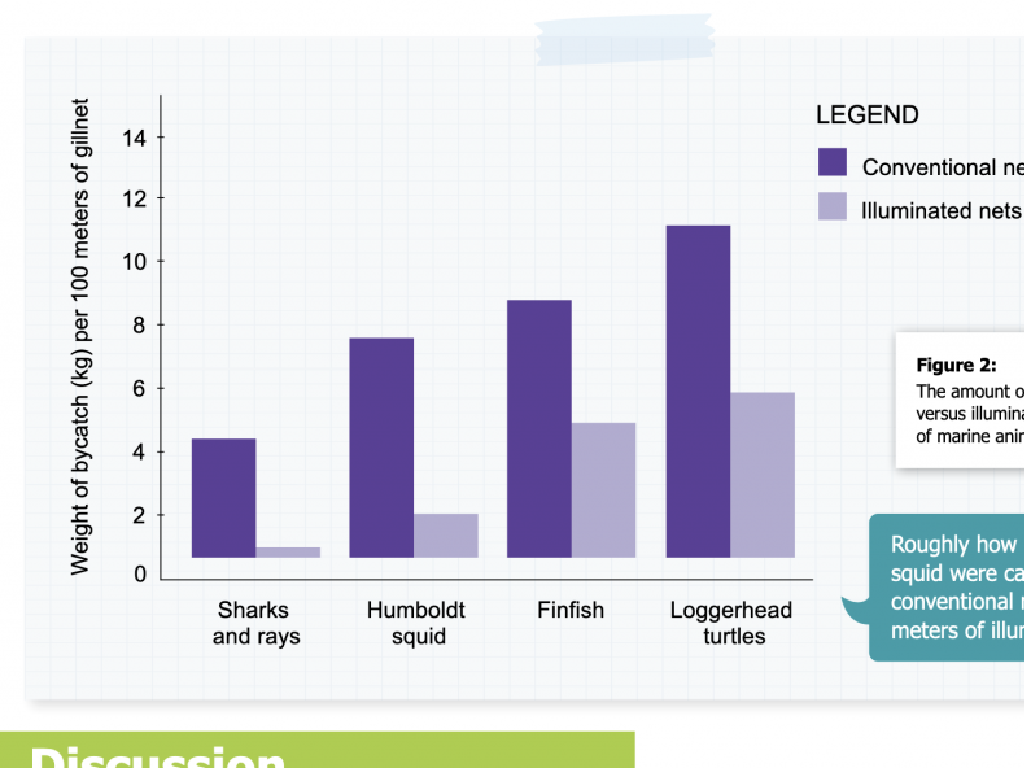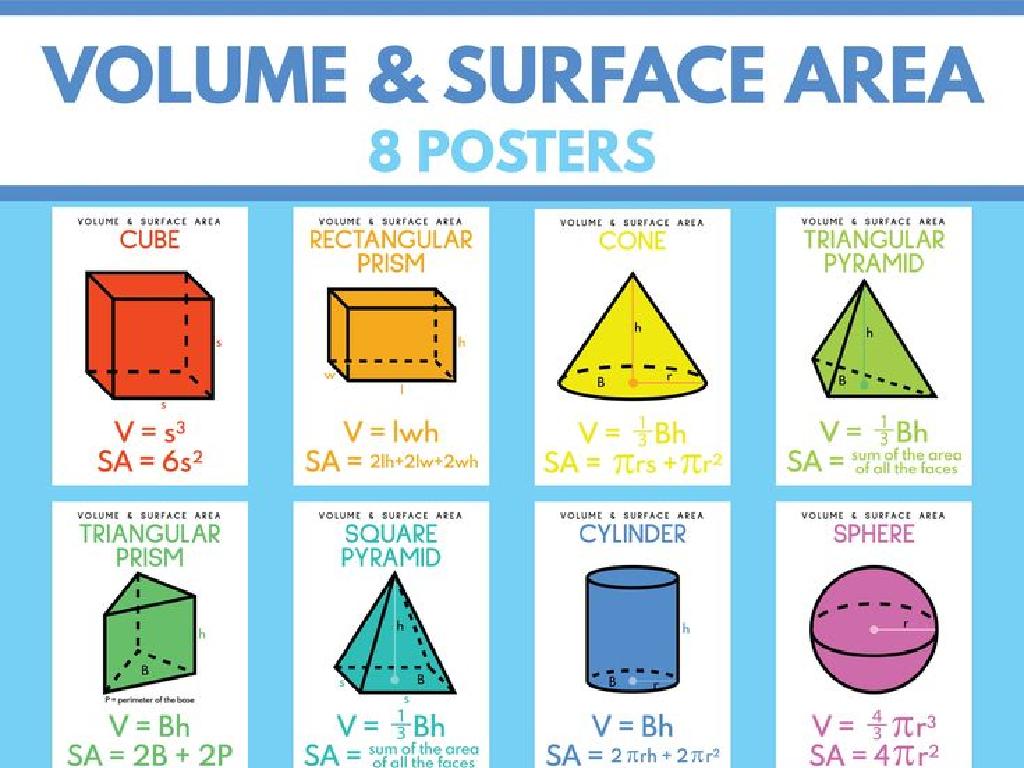Form The Perfect Verb Tenses
Subject: Language arts
Grade: Seventh grade
Topic: Verb Tense And Mood
Please LOG IN to download the presentation. Access is available to registered users only.
View More Content
Mastering Perfect Verb Tenses
– Understanding verb tenses
– Defining perfect verb tenses
– Past, Present, Future Perfect: formed with ‘have’ + past participle
– The role of perfect tenses in communication
– They ensure clarity and precision in expressing time
– Practicing perfect tenses
– Use examples to write sentences in all three perfect tenses
|
This slide introduces the concept of perfect verb tenses, which are a crucial component of English grammar. Start by explaining the basic verb tenses to ensure students have a foundational understanding. Then, define the perfect tenses: past perfect, present perfect, and future perfect, which are used to indicate actions that are completed at a certain point in time. Emphasize the importance of these tenses in both writing and speaking for clear communication, especially when indicating completed actions or experiences. Encourage students to practice forming sentences using each of the perfect tenses with the help of examples. This will help them grasp how the tenses function in different contexts.
Present Perfect Tense
– Formation of present perfect
– Use ‘has’ for he/she/it and ‘have’ for I/you/we/they, followed by past participle
– Usage in expressing continuity
– Describes actions that began in the past and are still ongoing
– Example of present perfect
– ‘She has lived here for five years.’ indicates she started living here in the past and continues to do so
|
The present perfect tense is a crucial component of English grammar, used to link past actions to the present. It is formed with ‘has’ or ‘have’ plus the past participle of the verb. This tense is particularly useful for describing actions that started at an unspecified time in the past and are still relevant or continuing at the present moment. For example, ‘She has lived here for five years’ suggests that she began living here five years ago and is still living here now. Encourage students to think of their own examples, perhaps relating to their own experiences or to historical events that have a bearing on the present.
Mastering Past Perfect Tense
– Forming the past perfect tense
– Use ‘had’ followed by the past participle of the verb.
– Usage in past action sequences
– Indicates an action was completed before another in the past.
– Example of past perfect tense
– ‘They had finished their homework before they went out.’
|
The past perfect tense is used to emphasize that an action was completed before another action or point in time in the past. It’s formed with ‘had’ plus the past participle of the verb. For example, in the sentence ‘They had finished their homework before they went out,’ the use of ‘had finished’ indicates that the homework was completed prior to going out. When teaching this tense, ensure students understand the sequence of events and practice forming sentences with different verbs. Provide additional examples and exercises to reinforce the concept.
Future Perfect Tense
– Formation of Future Perfect
– Use ‘will have’ followed by the past participle of the verb.
– Usage in future completion
– Indicates an action that finishes before a certain future time.
– Example sentence
– ‘By next year, I will have graduated from middle school.’
|
The Future Perfect Tense is used to discuss actions that have not yet occurred but will be completed by a specific future date. It’s formed with ‘will have’ plus the past participle of the main verb. For example, ‘By next year, I will have graduated from middle school’ suggests that the graduation will occur before the next year ends. When teaching this tense, emphasize the time aspect and ensure students practice forming sentences with different verbs. Provide various scenarios where they might use this tense, such as making predictions about accomplishments or completing tasks.
Practice with Perfect Tenses
– Identify the tense in a sentence
– ‘She has visited the museum.’ is present perfect tense.
– Convert sentences to past perfect
– ‘They had finished the game.’ is the past perfect form.
– Form future perfect tense sentences
– Imagine your next vacation; what will you have done by then?
– Understanding perfect tenses
|
This slide is aimed at practicing the perfect tenses. Start by identifying the tense of a given sentence. For example, ‘She has visited the museum.’ is in the present perfect tense, which indicates an action that was completed at some point in the past but is relevant to the present. Next, students will convert sentences into the past perfect tense, which shows that an action was completed before another past action, as in ‘They had finished the game.’ Then, encourage students to think ahead and create sentences in the future perfect tense about their next vacation, which will describe actions that will be completed before a specific time in the future. This exercise helps students understand the concept of time in verb tenses and how to use them correctly.
Perfect Tenses in Literature
– Recognize perfect tenses in texts
– Identify past, present, and future perfect tenses in novels, stories.
– Understand time relationships
– Authors use perfect tenses to show completed actions at different times.
– Activity: Analyze a book excerpt
– Find and highlight perfect tense verbs in a provided passage.
|
This slide aims to teach students how to identify and understand the use of perfect tenses in literature. Perfect tenses are used by authors to indicate completed actions in relation to other events or time frames. The past perfect shows an action completed before another past action, the present perfect shows an action completed at the present time, and the future perfect shows an action that will be completed by a certain future point. During the activity, provide students with a book excerpt and ask them to highlight verbs in the perfect tense. Discuss why the author chose to use the perfect tense in each instance and how it affects the reader’s understanding of the timeline of events. This exercise will enhance students’ grammatical skills and their ability to analyze literary texts.
Class Activity: Perfect Tense Scavenger Hunt
– Pair up for a tense hunt in texts
– Find perfect tense examples
– Look for past, present, future perfect tenses in magazines/articles
– Create three sentences per tense
– Write original sentences using each of the perfect tenses
– Share discoveries with the class
|
This interactive class activity is designed to help students recognize and form perfect tenses in a fun and engaging way. Students will work in pairs to search through provided magazines or articles to find real-life examples of perfect tenses. They will then write three original sentences for each of the perfect tenses: past perfect, present perfect, and future perfect. After the activity, students will share their findings and sentences with the class, allowing them to learn from each other’s examples. For the teacher: Prepare a selection of magazines or articles in advance. Consider creating a worksheet for students to record their examples and sentences. Be ready to assist pairs that may struggle with identifying the perfect tenses. Have a discussion afterward about how the context in the examples helped determine the tense.

